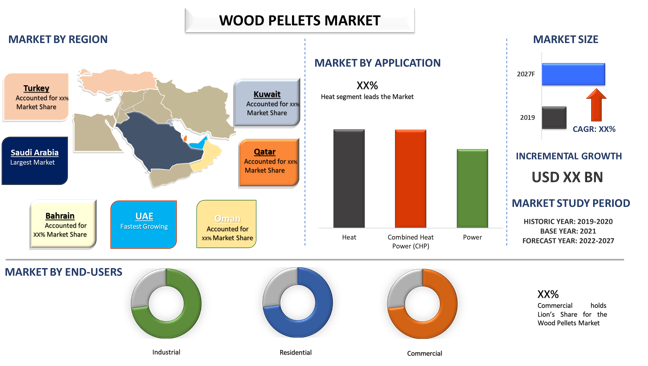
1. Market Size
According to a report by Grand View Research, the global wood pellet market is projected to reach a value of $17.33 billion by 2027, with a compound annual growth rate (CAGR) of 8.8% from 2022 to 2027.
2. Export
Vietnam is one of the leading producers and exporters of wood pellets in the world. According to data from the General Department of Customs, Vietnam exported 16.1 million tons of wood pellets in 2022, up 15.6% from 2021. South Korea and Japan are Vietnam’s two main export markets, accounting for 97.5% and 96.7% of Vietnam’s total pellet export volume and value, respectively.
3. Import
The global wood pellet import market is also growing rapidly. According to a report by Statista, global wood pellet imports reached 23.8 million tons in 2022, up 10.5% from 2021. Europe is the world’s largest wood pellet import market, accounting for 39.2% of total import volume.
4. Raw Materials
The wood industry is the main source of raw materials for wood pellet production, including wood and agricultural byproducts such as sawdust, wood shavings, straw, etc.
5. Technology
Wood pellet production technology is constantly being improved to improve quality and production efficiency. New technologies such as continuous pelletization, pelletization from raw materials, etc. are being widely adopted.
6. Standards
Wood pellet quality standards are being harmonized globally. Important standards include EN 14961:2011 of Europe, ASTM D6868-17 of the United States, and JIS K 2223-1 of Japan, etc.
7. Policies
Policies supporting the development of renewable energy and reducing environmental pollution are driving the growth of the wood pellet market.
8. Potential for Development
The wood pellet market still has a lot of potential for development, especially in developing markets such as Asia and Africa. The factors driving the potential for development of this market include:
- Growing demand for clean energy
- Rising fossil fuel costs
- Policies supporting the development of renewable energy
9. Challenges
The wood pellet market also faces some challenges, including:
- Competition from other renewable fuels such as biogas, solar energy, and wind energy
- Fluctuations in raw material prices
- Increasingly stringent environmental regulations
10. Recommendations
To achieve sustainable development, the wood pellet market needs to address challenges such as:
- Strengthening research and development to improve quality and production efficiency
- Diversifying raw material sources
- Promoting international cooperation to expand export markets
Here are 10 key indicators of the latest wood pellet market report from 2020 to present. This market still has a lot of potential for development, especially in developing markets. However, wood pellet producers and businesses need to pay attention to addressing challenges to achieve sustainable development.
Source: Overc team synthesize, analyze and write.